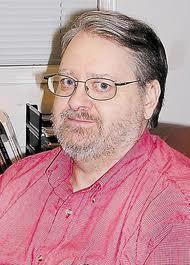Name Tom Bolton | Role Astronomer | |
 | ||
Education University of Illinois at Urbana–Champaign | ||
Charles Thomas Bolton (born 1943) is an American astronomer who was one of the first astronomers to present strong evidence of the existence of a stellar-mass black hole.
Bolton received his Bachelor’s in 1966 from the University of Illinois, followed by a 1968 Master’s and a 1970 doctoral degrees from the University of Michigan. Bolton then worked as a postdoctoral researcher at the David Dunlap Observatory, teaching there until 1972. He taught at Scarborough College from 1971 to 1972, and at Erindale College from 1972 to 1973, but since 1973, has been affiliated with the University of Toronto astronomy department, where he is now an emeritus professor.
In 1971, as a post-doctoral fellow and part-time faculty member studying binary systems at the Dunlap Observatory, Bolton observed star HDE 226868 wobble as if it were orbiting around an invisible but massive companion emitting powerful X-rays, independently of the work by Louise Webster and Paul Murdin, at the Royal Greenwich Observatory. Further analysis gave an estimate about the amount of mass needed for the gravitational pull, which proved to be too much for a neutron star. After further observations confirmed the results, by 1973, the astronomical community generally recognized black hole Cygnus X-1, lying in the plane of the Milky Way galaxy at a galactic latitude of about 3 degrees.
Bolton is a fellow of the Royal Society of Canada.
